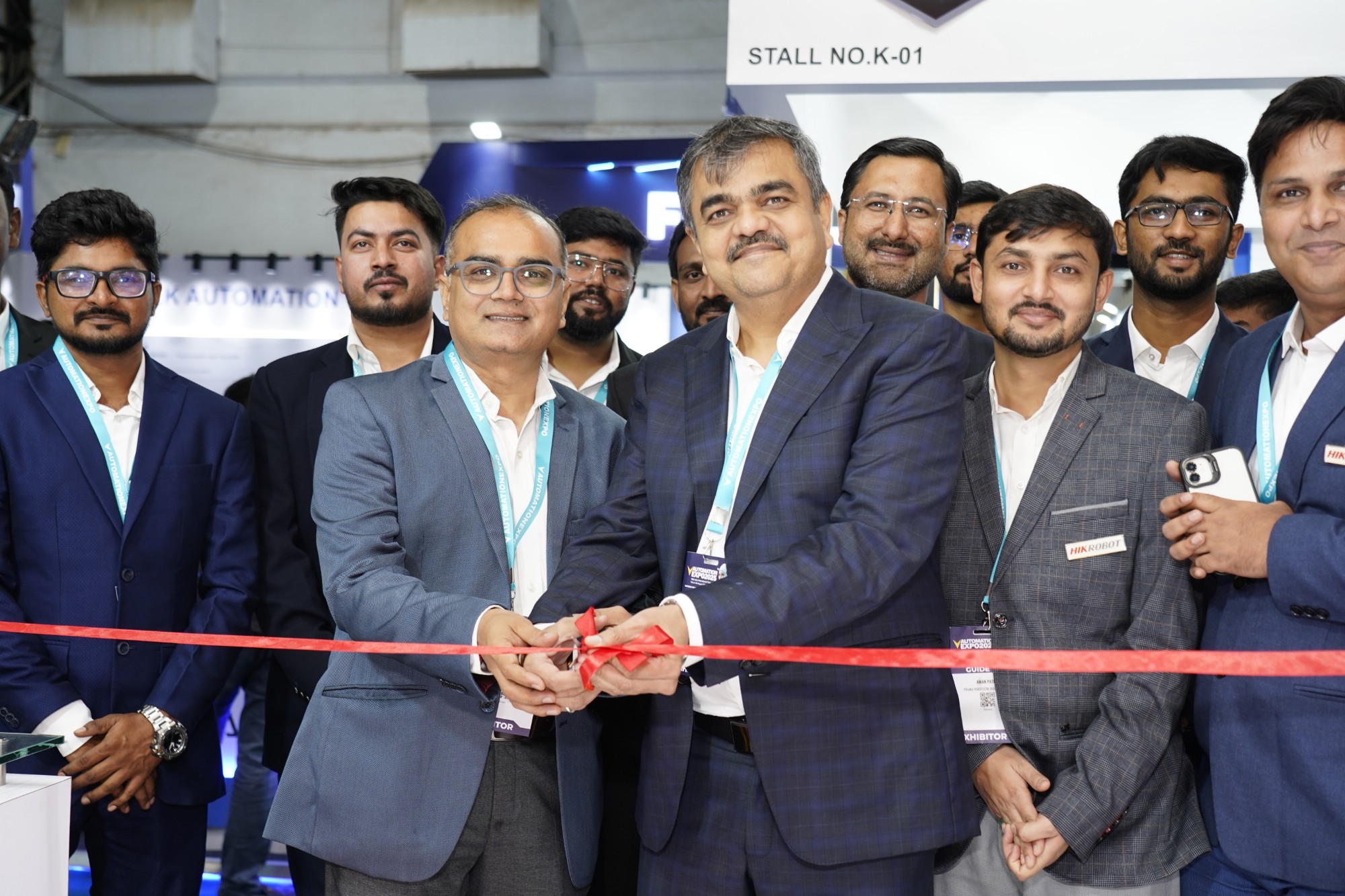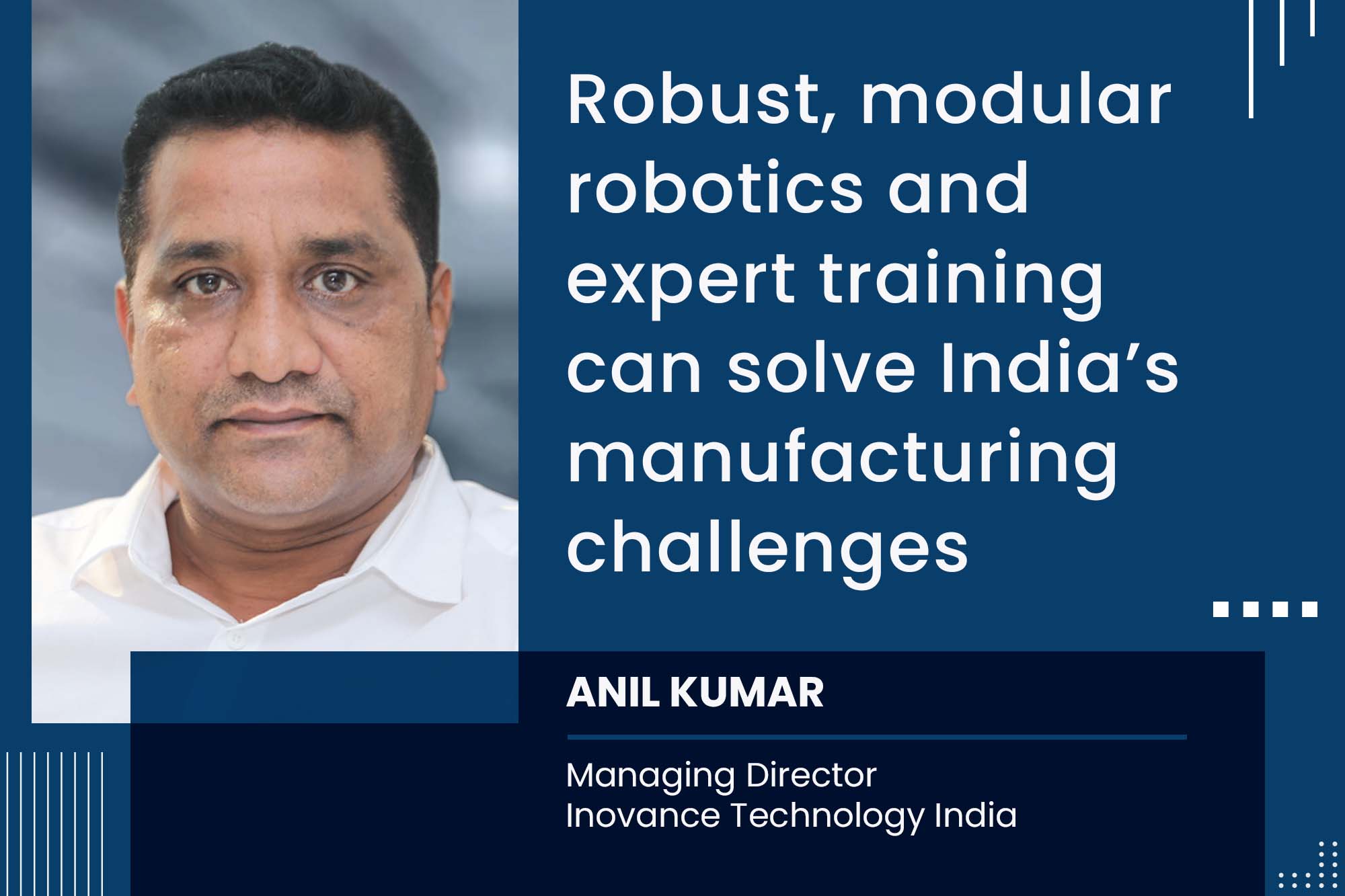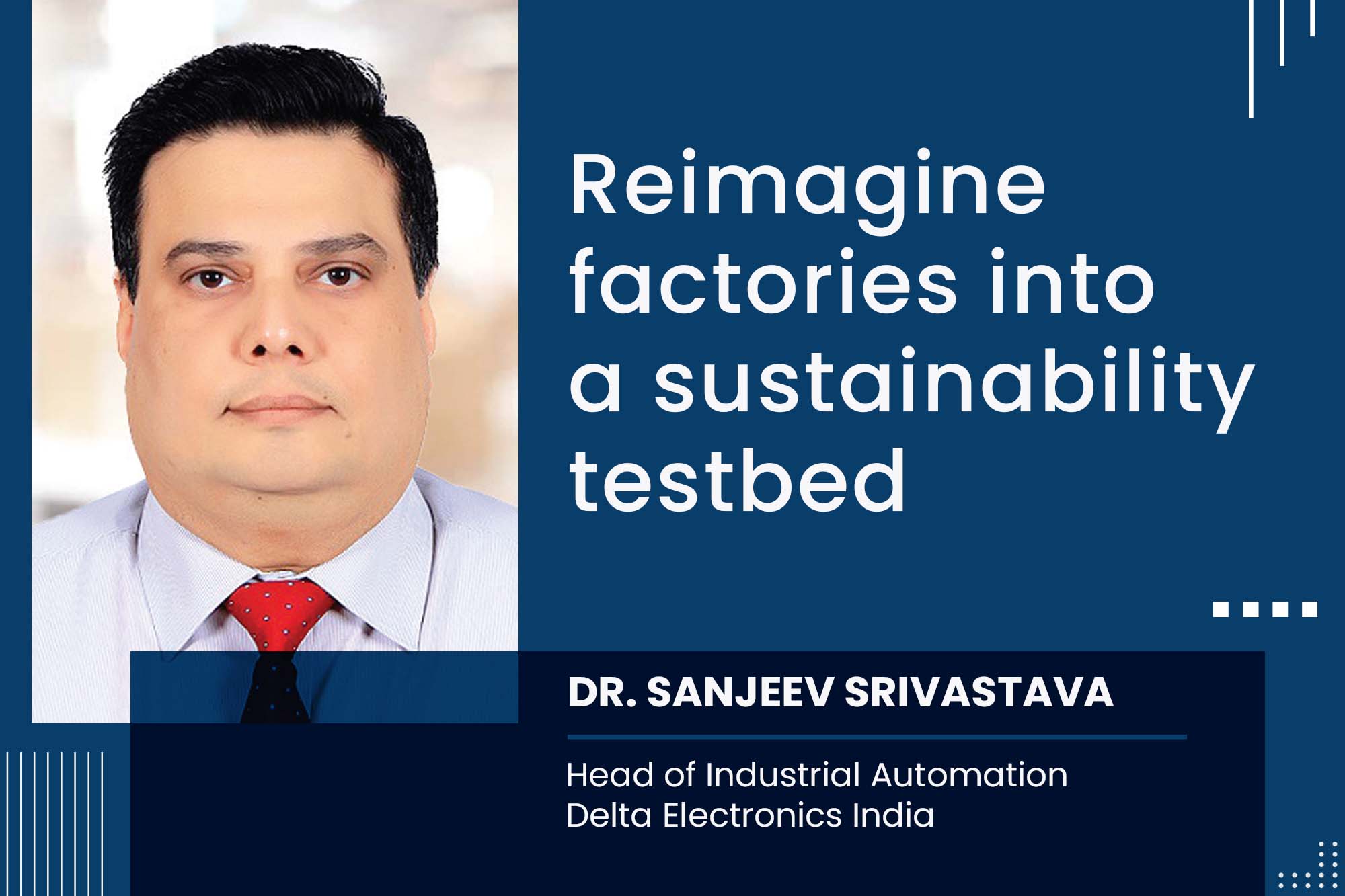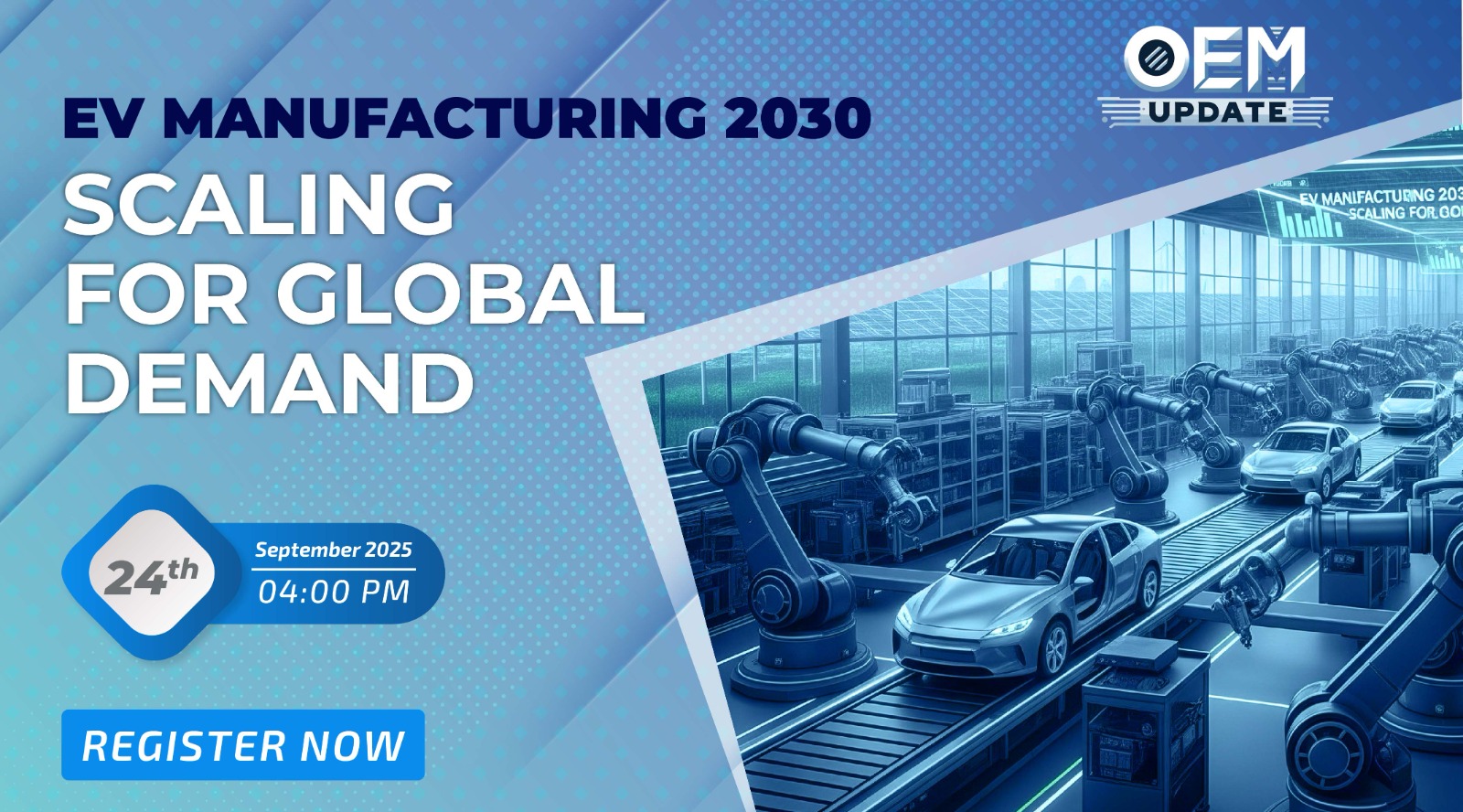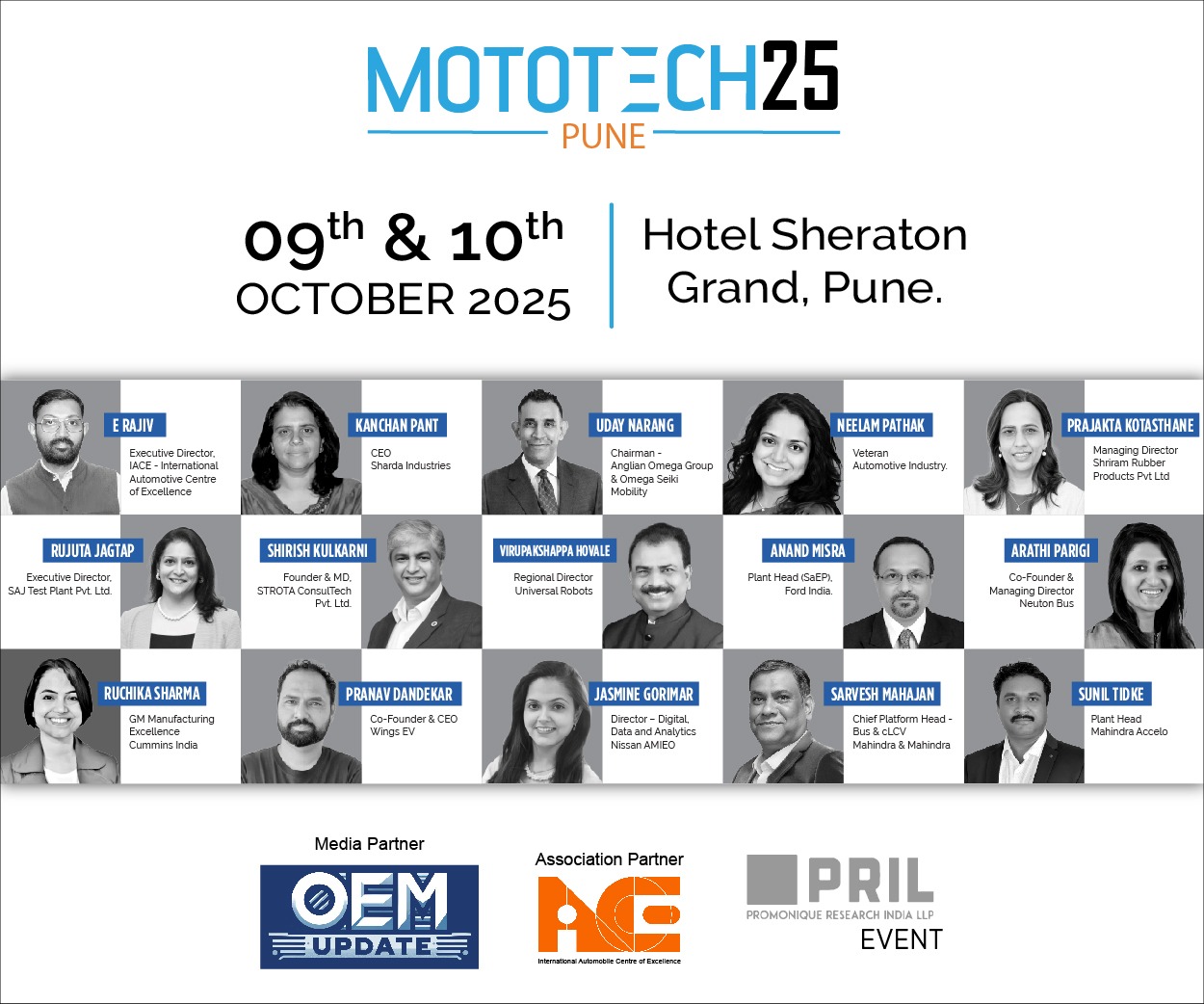Mediating human expertise with automation
By Staff Report December 6, 2024 5:57 pm IST
Successful automation involves empowering humans to use technology rather than replacing them and ensuring a prosperous future. Mainak Ray, Director of Manufacturing Operations (India & APAC), Radio Design, emphasises the importance of maintaining human skills with automation in the manufacturing sector.
Automation is an imperative tool in the manufacturing sector that improves efficiency and growth. From assembly lines to predictive maintenance, automation has reshaped companies’ operations, offering unparalleled efficiencies, precision, and cost savings. However, while automation offers advantages, it also raises the challenge of balancing machine roles with human skills without compromising valuable assets.
Automation improves efficiency gains, reduces costs, ensures quality assurance through AI and ML technologies, and enables quick adaptation to changing demands. Machines can perform repetitive tasks faster and more accurately, reducing errors and production times. They offer 24/7 operation, lowering labour costs and increasing output, leading to a flexible manufacturing process.
Automation offers numerous benefits but poses challenges concerning job losses and the “human cost” of technological advancement. However, manufacturing companies have shown that automation doesn’t necessarily mean job cuts; it can involve upskilling and reskilling the existing workforce.
Balancing human skills with machines
A people-centric approach to automation acknowledges that machines excel in repetitive tasks, but humans bring creativity, problemsolving, and adaptability. Here are a few strategies for companies seeking to balance human skills with automation:
Investing in training programs is a highly effective method for balancing automation with human skills. Providing employees with the opportunity to learn new skills—like programming, equipment maintenance, or data analysis—ensures they remain relevant in an automated environment.
Automation frees employees from mundane tasks, allowing them to focus on higher-level activities. Redefining job roles to incorporate strategic, creative, and supervisory tasks creates a more engaged and innovative workforce.

Implement collaborative robots (cobots) that work alongside human employees. Cobots are designed to handle heavy lifting or repetitive tasks, while humans concentrate on quality control, complex decision-making, and problem-solving.
Involving employees in the decision-making process when implementing automation can ease the transition. Workers who discuss automation are more likely to embrace the changes and identify areas where machines can augment their roles rather than replace them.
Humane approach to automation
Siemens’ Amberg manufacturing plant in Germany is a prime example of a successful integration of automation and human skills as a model for Industry 4.0, improving efficiency without displacing the workforce.
Amberg plant uses high automation for programmable logic controller (PLC) production, with machines handling 75% and human employees handling 25%, yet maintains a strong emphasis on employee development and involvement.
The Amberg facility has experienced a 1400% productivity increase due to the integration of automation and human skills, leading to higher employee morale and job satisfaction. The plant also maintains a low turnover rate, demonstrating the successful collaboration between humans and machines, with a 99.99885% accuracy rate in production. This example underscores that automation doesn’t have to be a zero-sum game. Companies can integrate advanced technologies while respecting and empowering their workforce.
Conclusion
While the rise of automation in manufacturing is inevitable, it doesn’t have to come at the expense of human skills. Companies that prioritise a humane approach to automation can achieve the best of both worlds—higher productivity, improved quality, and a motivated workforce. By investing in the right training and adopting a human-machine collaborative mindset, manufacturers can stay competitive in an evolving landscape without sidelining the people who are the heart of their operations.
Successful automation involves empowering humans to use technology rather than replacing them. Companies that balance human ingenuity with machine power will lead the industry, ensuring a prosperous future.
Cookie Consent
We use cookies to personalize your experience. By continuing to visit this website you agree to our Terms & Conditions, Privacy Policy and Cookie Policy.









